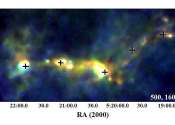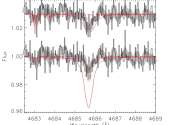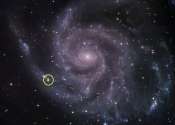Hubble goes hunting for small main belt asteroids
Like boulders, rocks, and pebbles scattered across a landscape, asteroids come in a wide range of sizes. Cataloging asteroids in space is tricky because they are faint and they don't stop to be photographed as they zip along ...









